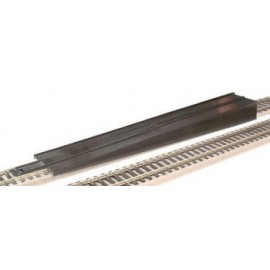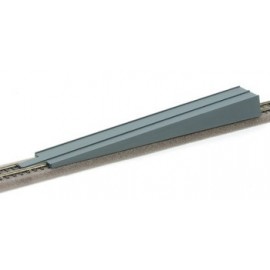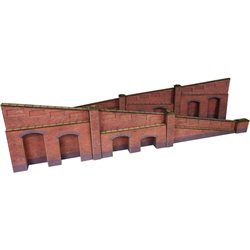Throughout aviation history, many aircraft have been built and operated in an unpainted natural metal finish. During...
No products
Product successfully added to your shopping cart
There are 0 items in your cart. There is 1 item in your cart.
Search Tips
Christmas and New Year
We are dispatching orders every weekday apart from Christmas Day, Boxing Day and New Year's Day.
If you order is time critical, select next day delivery at checkout.
The shop in Sandown is closed from 25th December, reopening on 30th December.
How wide should a layout be?
In theory, the only limit to the width of your layout is the amount of space you have available. The reality is slightly shorter: bear in mind that if you have a derailment you will need to be able to reach your locomotives, coaches and wagons.
If you have your layout against a wall, you do not want to be stretching over your layout which may lead to damaging your scenery.
For these reasons, the maximum width you can realistically reach safely is about a meter (a bit more than 3 feet). This means the maximum width of a layout should be about one meter.
Ideally, you need access to all parts of the layout. This is why many railway modellers choose to build their layout around a central well allowing them to sit in the centre of your layout.
Click here to receive the tips weekly in your mailbox. You can unsubscribe at any time.










